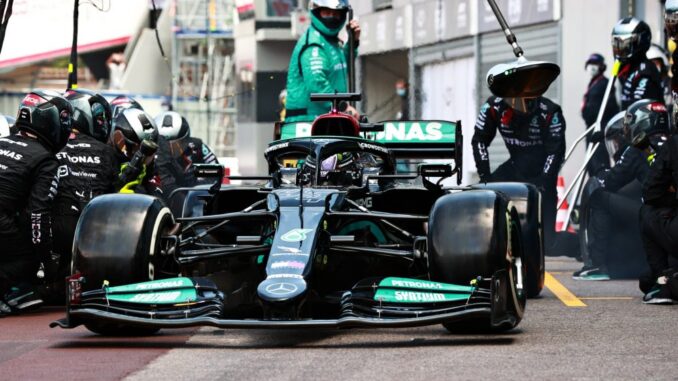
Good day to all F1 enthusiasts, looking back at last season’s race at the Hungarian Grand Prix, it was a slick sheet of rainwater on the track at the beginning of the race. It took 6 drivers out of the race (DNF) before they couldn’t finish the first lap.
Tyre strategy and tactical racing were out the window but as the race moved forward the track dried up quickly and tyre choice and set-up were key to the race.
The unpredictable weather forecast seems to be heading in the same direction as last season’s race, so let’s revisit the type of tyres used in F1 racing.
Today’s features will be about understanding the diverse types of tyres (compounds) used in a race.
The tyres could easily be affected by several things starting with the elements of the track, wind, rain and the heat. All track conditions affect the overall team strategies and racing pace.
Some compounds take time to warm up, some wear fast on a heated track. The worse condition are slick soft compounds on a wet and rainy track surface, it’s like driving on pure ice. “Hungary 2021.”
TYRES (compounds)
(Soft tyres) The P Zero Red Soft tyres are the mandatory Q3 compound. The drivers reaching Q3 receive one set of this compound only for their final attempt to take pole position. This will be the tyre of choice to reach maximum speed and all-out pace during the weekend; there is a hook here, this tyre lacks the endurance and the compound of the tyre can wear and tear easily within twenty laps or so during a race pace. This depends on the circuit, weather and track temperature. Keep in mind that 1 or 2 pit stops might be needed to change to another compound or the same compound.
(Medium tyres) The P Zero Yellow Medium tyre will be the best possible tyre set-up and strategy for car performance, balance, durability and longer-pace performance during the race.
(Hard tyres) The P Zero White Hard tyres are the hardest available compounds but the most durable and the slowest on a single lap. If the team strategy is a one-lane pit stop, then these tyres go for the long haul of the race.
(I) INTERMEDIATE; The Green Intermediate tyres are multipurpose, this compound is used on a wet or dry track. This tyre can disperse about thirty litres of water per second per tyre at 300 kph!
(W) WET; The Cinturato Blue Wet tyres can disperse up to 85 litres of rainwater per second per tyre at 300 kph, making these tyres the most effective resolution for heavy rainwater.
Weekend Race Schedule
July 29th, 2022
- FP1: 8:00 – 9:00 a.m. our time
- FP2: 11:00 – 12:00 noon, our time
July 30th, 2022
- FP3: 7:00 – 8:00 a.m. our time
- Qualifications: (Q1, Q2, Q2) – 10:00 – 1 1:00 a.m. our time
July 31, 2022 (Race Day Sunday)
- Race starts at 9:00 a.m. our time (coverage time begins at 7:30)
Stay viewed for the upcoming F1 updates, features and race this weekend in Hungary for the 2022 Hungarian Grand Prix.

Leave a Reply